
Properties of Quadrilaterals Act.: Doctor Simulator
After being introduced by your teacher about quadrilaterals, it is time to test what you have learned!
Objectives of the activity:
At the end of this activity, the student will be able to:[br] 1.) Illustrate quadrilaterals using a geoboard demonstrating the various properties of each type.[br] 2.) Synthesize their learnings about quadrilaterals and their respective properties through graphic organizers.
The Situation:
You are a hardworking doctor at the metropolis. Your job is to take care of everyone's health and cure whatever ails them. One day, you open up the clinic but due to the pandemic, you can only accommodate 5 patients at the time.

You open up the clinic and the first 5 patients come inside for a check-up. [br]You attend to your patients and ask them questions about their health.

WHAT I KNOW...
You are now conducting the check-up with your patients. Your task is to identify what you have observed with your patients in terms of angles, sides, and diagonals. You record your observations below.
PATIENT 1
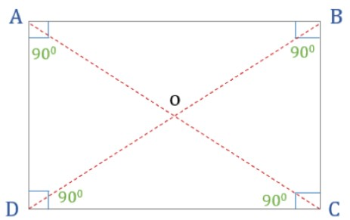
Type your observations below:
PATIENT 2
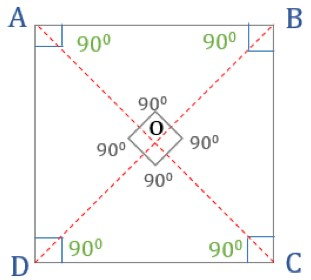
Type your observations below:
PATIENT 3
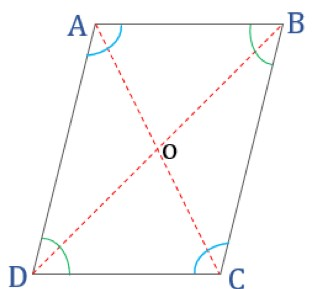
Type your observations below:
PATIENT 4
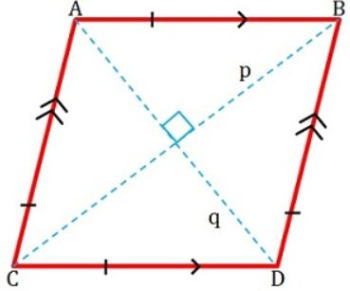
Type your observations below:
PATIENT 5
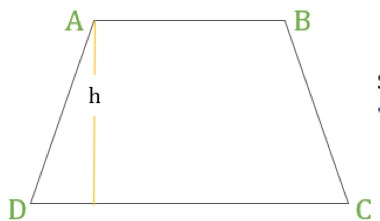
Type your observations below:
IN SUMMARY...
Are there any similarities between the figures? If so, what are these similarities?
After the check-up, you proceed to your laboratory to use the microscope in identifying accurately what ails your patients.
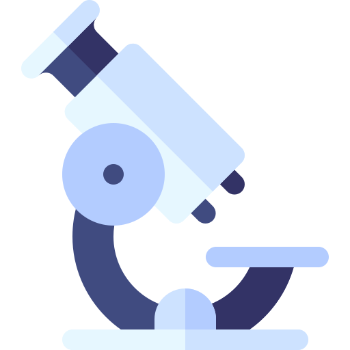
IT'S GAME TIME!
You will be given tasks in order to cure your patients. Your task is to identify which type of quadrilateral is the cure by illustrating it using the geoboard.
TASK 1
You inspect sample 1 under the microscope. The shape of the cure for this specific ailment is recorded below:[br]- the diagonals bisect each other[br]- all angles are equal[br]- two pairs of opposite sides are equal, the pairs are not equal to each other[br]Use the geoboard below to create such figure.
What is the shape of the cure?
Discuss your process in manipulating the geoboard. How did you create the figure? Apart from the conditions you were given, what other properties can you observe?[br][br]
TASK 2
You inspect sample 2 under the microscope. The shape of the cure is also recorded below:[br]- you can form two right triangles with its diagonals[br]- three sides are equal in length[br]- bisects diagonals perpendicularly [br]Use the geoboard below to create such figure.
What is the shape of the cure?
Discuss your process in manipulating the geoboard. How did you create the figure? Apart from the conditions you were given, what other properties can you observe?[br][br]
TASK 3
You inspect sample 3 under the microscope. The shape of the cure is recorded below:[br]- all angles are not equiangular, only opposite angles are equiangular[br]- the diagonals bisect each other but not perpendicularly[br]- sum of adjacent angles is 180 degrees[br]Use the geoboard below to create the figure.
What is the shape of the cure?
Discuss your process in manipulating the geoboard. How did you create the figure? Apart from the conditions you were given, what other properties can you observe?[br][br]
TASK 4
You inspect sample 4 under the microscope. The shape of the cure is recorded below:[br]- all angles are not equiangular, only opposite angles are equiangular[br]- its diagonals bisect perpendicularly[br]- all sides are equal[br]Use the geoboard below to create the figure.
What is the shape of the cure?
Discuss your process in manipulating the geoboard. How did you create the figure? Apart from the conditions you were given, what other properties can you observe?[br][br]
TASK 5
You inspect the last sample, sample 5, under a microscope. The shape of the cure is recorded below:[br]- adjacent angles are equal[br]- only one pair of sides is parallel[br]- opposite angles are not equal[br]Use the geoboard below to construct the figure.
What is the shape of the cure?
Discuss your process in manipulating the geoboard. How did you create the figure? Apart from the conditions you were given, what other properties can you observe?[br][br]
You finished identifying the samples and illustrating it. You cure your patients immediately and sent them home.
[br]Before you go home after work, you finish your end-of-day report and leave it on the desk. Its time to rest after a long day.
SYNTHESIS:
What have you learned with regards to quadrilaterals today? Create a graphic organizer comparing and contrasting the different types of quadrilaterals. This can be in the form of a venn diagram, tables, concept map, etc.
References
Icons made by [url=https://www.flaticon.com/authors/freepik]Freepik[/url] from [url=https://www.flaticon.com/] www.flaticon.com[br][/url]Icons made by [url=https://www.flaticon.com/authors/icon-pond]Icon Pond[/url] from [url=https://www.flaticon.com/] www.flaticon.com[br][br][/url]Hussain, S. (2019). Properties of Quadrilaterals – Rectangle, Square, Parallelogram, Rhombus, Trapezium. [url=https://e-gmat.com/blogs/quadrilateral-properties-formulas-rectangle-square-parallelogram-rhombus-trapezium-trapezoid/]https://e-gmat.com/blogs/quadrilateral-properties-formulas-rectangle-square-parallelogram-rhombus-trapezium-trapezoid/[/url][br][br]Hussain, S. (2019). [Untitled image of a parallelogram]. Properties of Quadrilaterals – Rectangle, Square, Parallelogram, Rhombus, Trapezium. [url=https://e-gmat.com/blogs/quadrilateral-properties-formulas-rectangle-square-parallelogram-rhombus-trapezium-trapezoid/]https://e-gmat.com/blogs/quadrilateral-properties-formulas-rectangle-square-parallelogram-rhombus-trapezium-trapezoid/[/url][br][br]Hussain, S. (2019). [Untitled image of a rectangle]. Properties of Quadrilaterals – Rectangle, Square, Parallelogram, Rhombus, Trapezium. [url=https://e-gmat.com/blogs/quadrilateral-properties-formulas-rectangle-square-parallelogram-rhombus-trapezium-trapezoid/]https://e-gmat.com/blogs/quadrilateral-properties-formulas-rectangle-square-parallelogram-rhombus-trapezium-trapezoid/[/url][br][br][Untitled image of a rhombus]. Socratic Q&A. [url=https://socratic.org/questions/a-rhombic-prism-has-the-diagonal-of-the-rhombus-measuring-16-and-12-cm-if-the-th]https://socratic.org/questions/a-rhombic-prism-has-the-diagonal-of-the-rhombus-measuring-16-and-12-cm-if-the-th[/url][br][br]Hussain, S. (2019). [Untitled image of a square]. Properties of Quadrilaterals – Rectangle, Square, Parallelogram, Rhombus, Trapezium. [url=https://e-gmat.com/blogs/quadrilateral-properties-formulas-rectangle-square-parallelogram-rhombus-trapezium-trapezoid/]https://e-gmat.com/blogs/quadrilateral-properties-formulas-rectangle-square-parallelogram-rhombus-trapezium-trapezoid/[/url][br][br]Hussain, S. (2019). [Untitled image of a trapezoid]. Properties of Quadrilaterals – Rectangle, Square, Parallelogram, Rhombus, Trapezium. [url=https://e-gmat.com/blogs/quadrilateral-properties-formulas-rectangle-square-parallelogram-rhombus-trapezium-trapezoid/]https://e-gmat.com/blogs/quadrilateral-properties-formulas-rectangle-square-parallelogram-rhombus-trapezium-trapezoid/[/url]